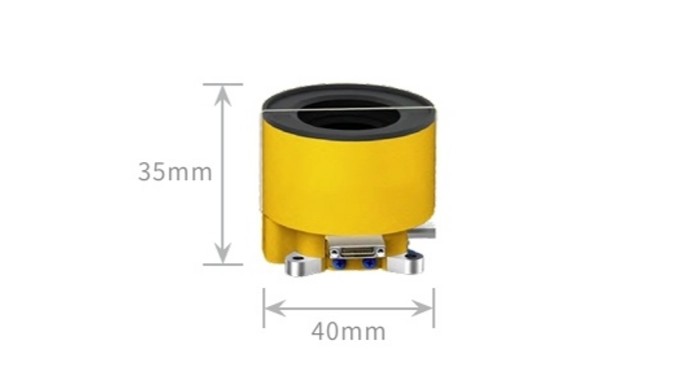
A star sensor, an optical sensor, captures star field images and compares them with a pre-stored star catalog to determine a satellite’s attitude (its direction and orientation) in space.
The main functions of a star sensor include:
Measuring star positions: It uses a camera to capture images of the star field.
Identifying stars: It matches the stars in the images with known positions in the star catalog using algorithms.
Calculating attitude: It computes the satellite’s attitude based on the differences between observed star positions and star catalog data.

Earth Observation: The European Space Agency’s CryoSat-2 satellite employs three star sensors to ensure its radar altimeter precisely targets polar ice caps and sea ice, monitoring changes in ice thickness.
Communication: SpaceX’s Starlink constellation relies on star sensors to align antennas with ground stations, delivering global high-speed internet.
Scientific Research: NASA’s Lunar Reconnaissance Orbiter (LRO) and Solar Dynamics Observatory (SDO) use star sensors to maintain stable attitudes, enabling accurate observations of the Moon or Sun.
Deep Space Exploration: Star sensors play a critical role in deep space probes, allowing them to autonomously determine attitude in environments far from Earth.
Accuracy: Typically ranges between 1 and 30 arcseconds, with high-end models achieving greater precision.
Size and Weight: Varies from miniature star sensors to larger models, with weights ranging from a few hundred grams to several kilograms.
Power Consumption: Generally consumes a few watts to tens of watts, suitable for long-term operation.
Radiation Tolerance: Requires special designs for high-radiation environments, enabling operation for over 15 years.
Lifespan: Designed for a lifespan of 5 to 15 years, depending on orbit and mission requirements.
Gyroscopes: Deliver short-term, high-precision attitude data but suffer from drift, requiring periodic calibration.
Sun Sensors: Determine attitude using the Sun’s position, offering low cost but lower accuracy.
Earth Horizon Sensors: Determine attitude via Earth’s horizon, suitable only for satellites in Earth orbit.
Send us a message,we will answer your email shortly!